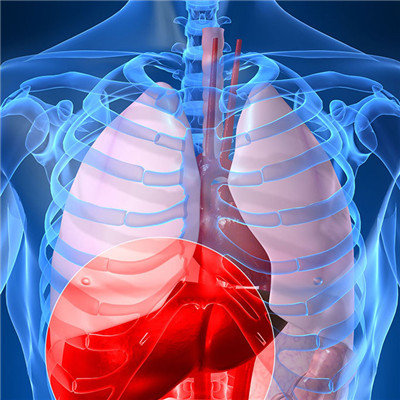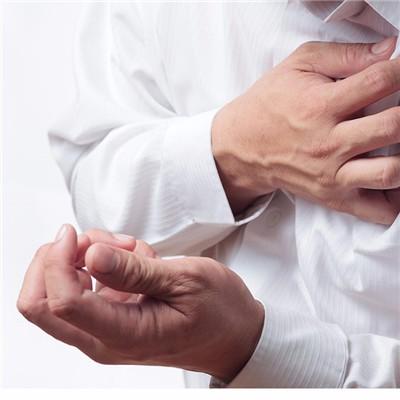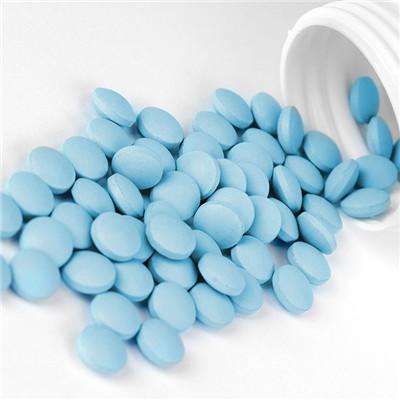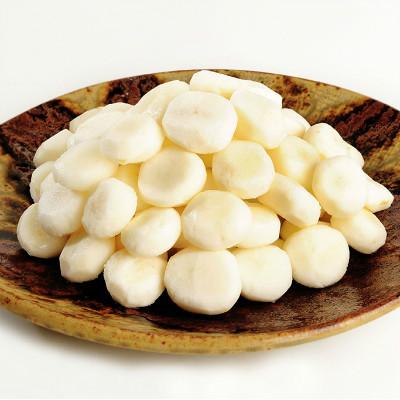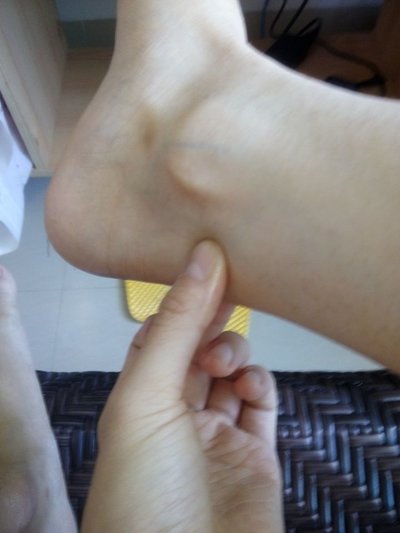Symptoms of intermittent psychosis
summary
Intermittent psychosis is not a professional term used in clinical psychiatry and judicial psychiatry in China, but a legal term used in criminal legislation according to the daily concept of the public in many drafts of the criminal law and the current criminal code. Intermittent psychosis is known as acute transient mental disorder or transient mental disorder in the United States. Symptoms of intermittent psychosis? Let's talk about it
Symptoms of intermittent psychosis
Delusion experience: delusion, acute onset, rapid development, is a unique clinical manifestation of the disease. Patients often have delusions of being killed, poisoned, controlled, religious or mysterious. These delusions can be mixed, that is, there are two or three kinds of delusions at the same time. Patients are completely attracted by this vivid delusion, and have all kinds of hallucinations, and sometimes indulge in an immersive feeling.
Emotional disorder: emotional variability is also one of the important symptoms of the disease. With the rise and fall of delusion, the patient may be in high or low mood, or from fear to loss, or anxiety or agitation. Emotional disorders can occur alternately, the duration is not long, generally a few hours or 1 ~ 2 days, the longest is not more than 1 week.
Behavior and consciousness: patients may have abnormal behavior, or shouting, which is mostly related to delusion and emotional changes. Sometimes, the patient suddenly feels confused and trance when entering a new environment, and appears illusion or hallucination, depersonalization symptoms. At the same time, the performance is increased activity or silence, and then the patient has a kind of feeling like a dream but not a dream.
matters needing attention
Psychiatric patients also have the ability to take care of their own lives, and also have the ability to participate in some activities. When patients have special skills or are in the recovery period, psychiatric nursing can arrange more complex work and entertainment activities, such as rehearsing literary and art programs, painting, ball games, sewing, knitting, and making fine handicrafts.

